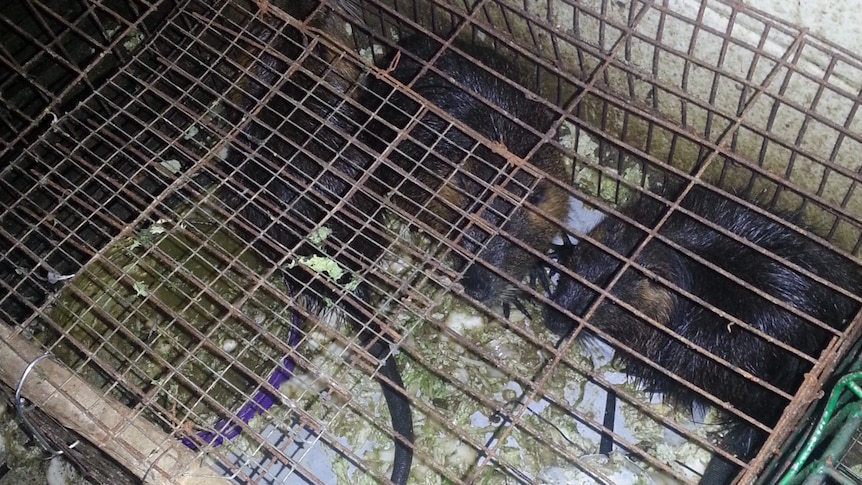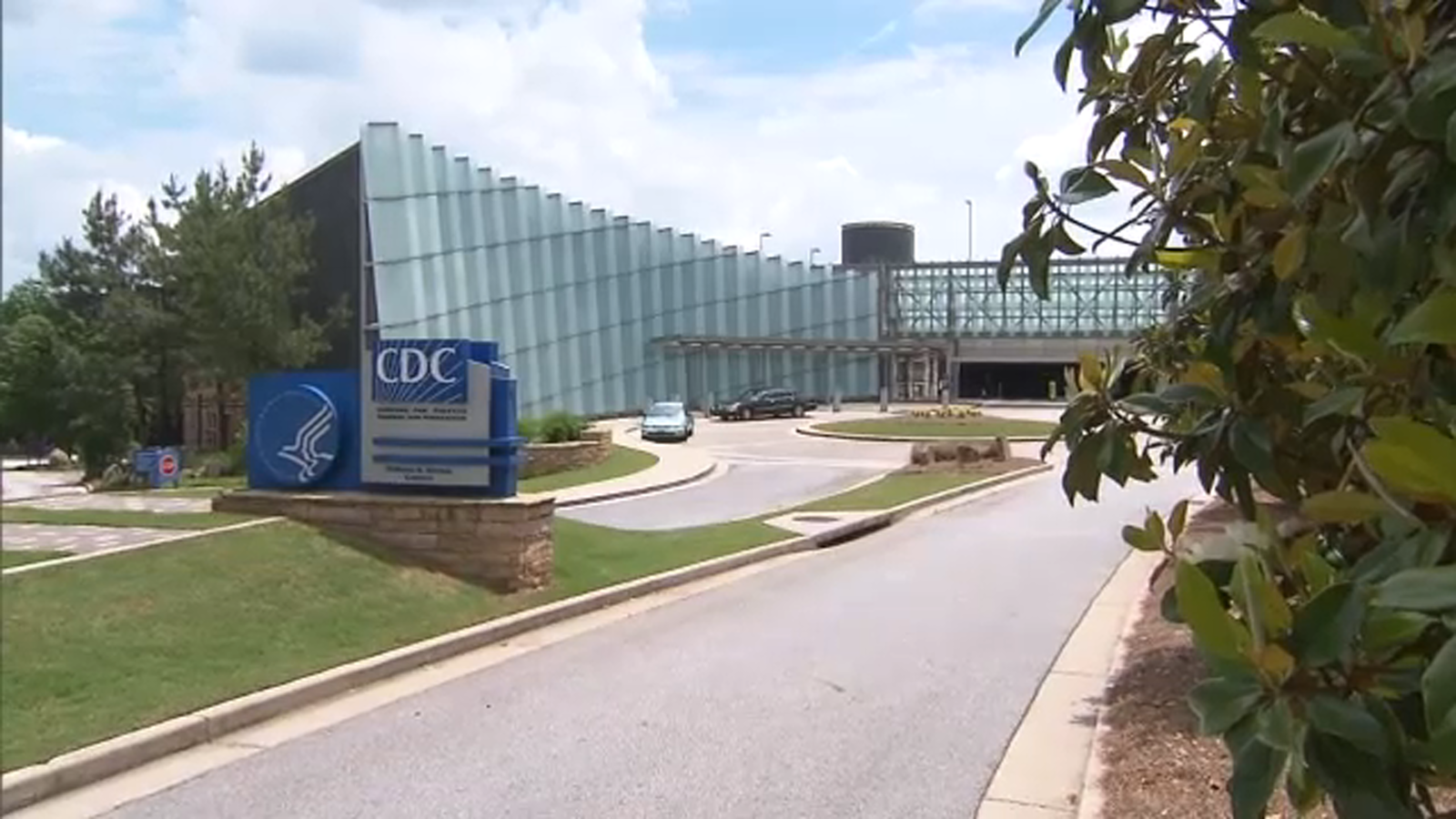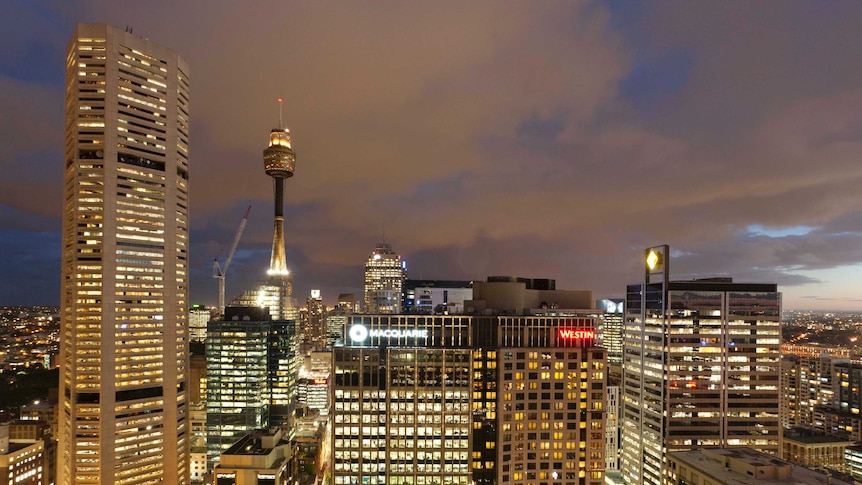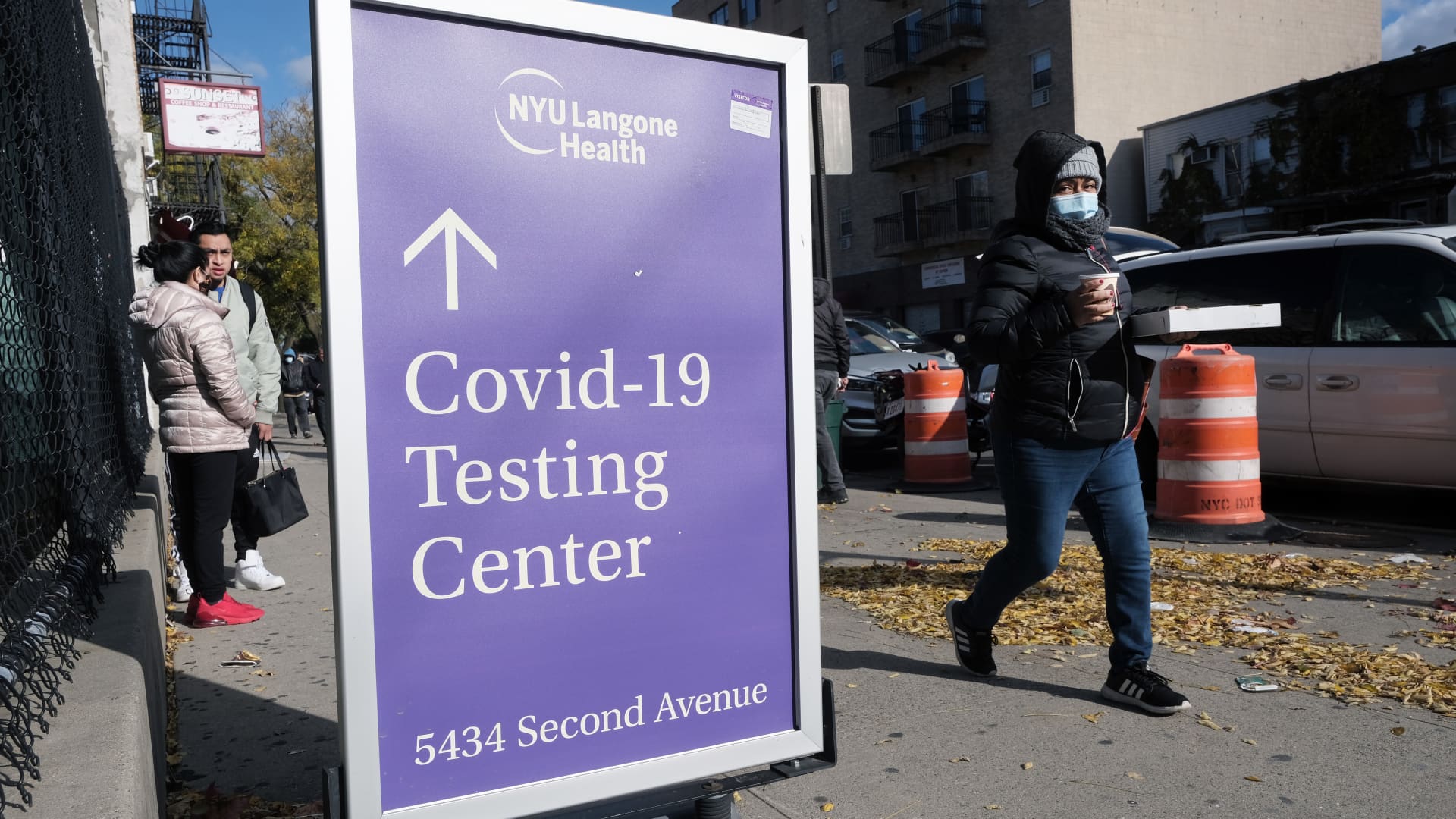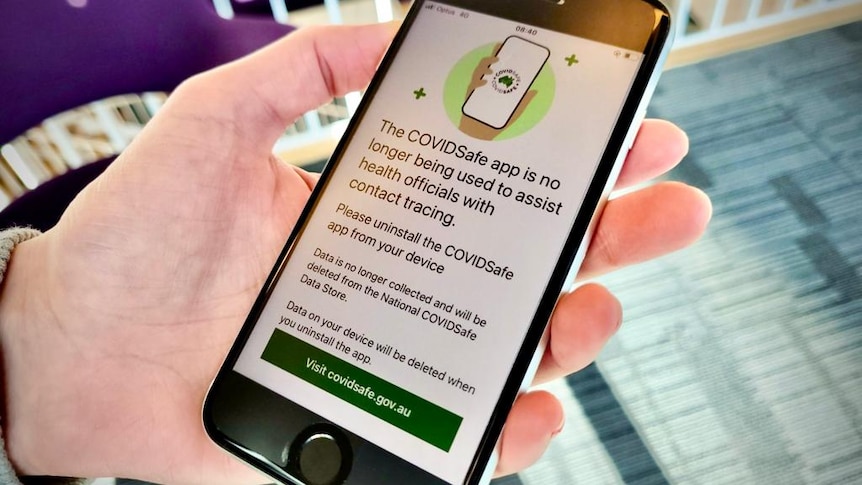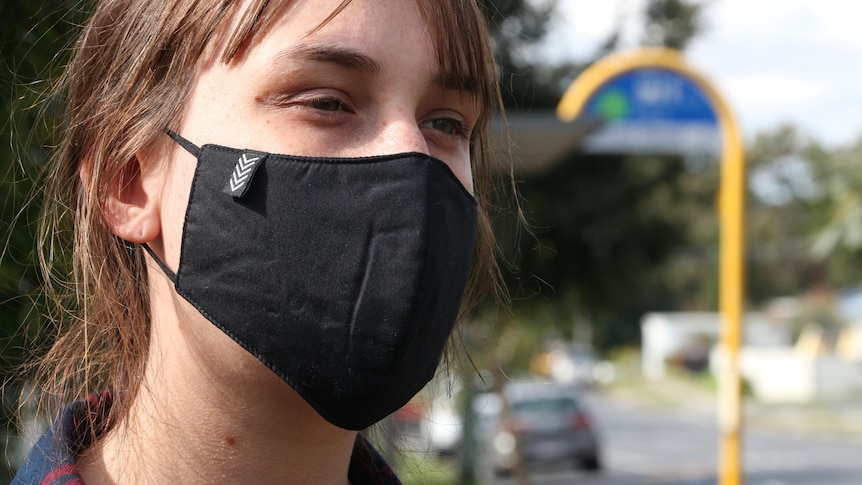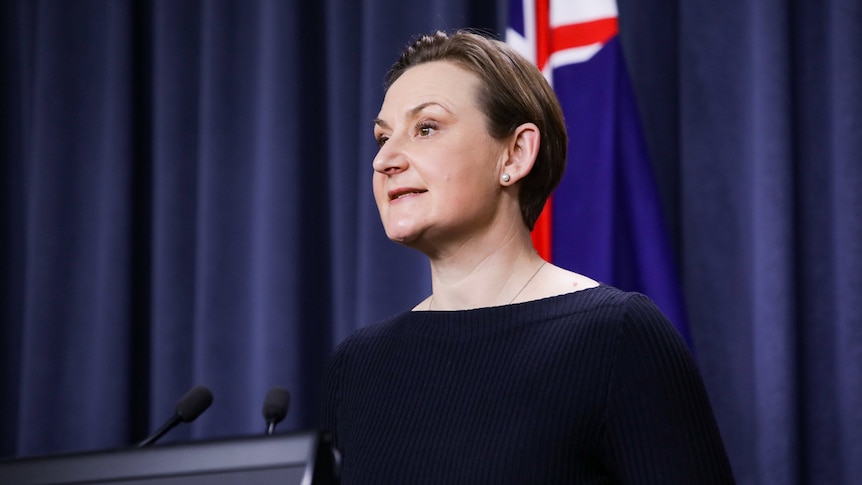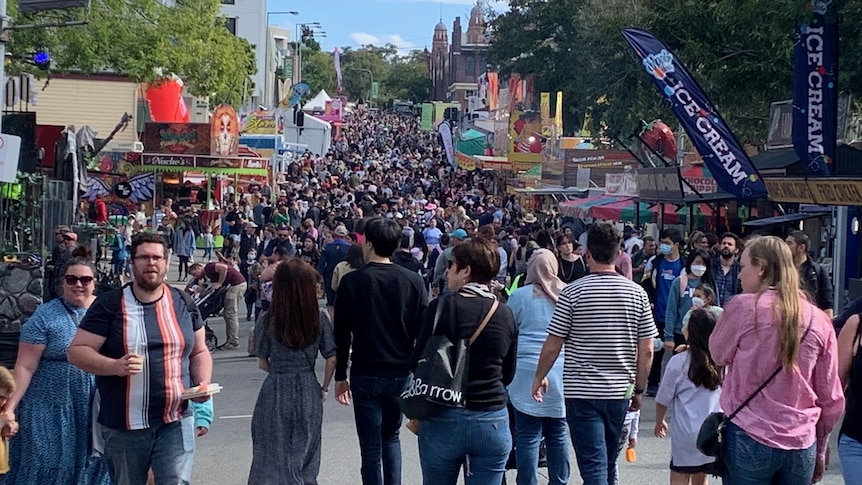Eddie Holmes can still remember the exact moment he first learned about COVID-19.
Key points:
- Australian virologist Eddie Holmes co-authored a study that has identified a Wuhan wet market as the likely epicenter of the COVID-19 pandemic
- Professor Holmes visited the market in 2014 and recognized the risk of virus transmission between animals and humans and suggested taking some samples
- His research pinpoints a few square meters where the virus is likely to have been transmitted between animals and humans
The University of Sydney virologist said it was New Years Eve, 2019, when he received a news alert that China had notified the World Health Organization of a strange new virus.
“It said four cases of an episode of pneumonia were found in a live animal market in Wuhan, China,” he said. “It immediately rang alarm bells.”
Professor Holmes told ABC News Daily the story jumped out because he had visited that very market, the Huanan seafood wholesale market, in 2014.
“While I was there, I noticed there were these live wildlife for sale, particularly raccoon dogs and… muskrats” he said.
“I took the photographs because I thought to myself: ‘God, that’s, that’s not quite right’.”
Raccoon dogs had been associated with the emergence of a different coronavirus outbreak, SARS-CoV-1, in 2002-04, which became known worldwide as the SARS virus.
Even in 2014, Professor Holmes believed the market could become a site of virus transmission between animals and humans.
“I said to my Chinese colleagues: ‘This is a really interesting situation here. We should do some sampling of the animal market to see what viruses these animals have got and if they’re going to jump,'” he said.
‘Engine room of disease emergence’
The monitoring that Professor Holmes suggested never took place but, in the early days of COVID-19, he was still convinced that a market like the one in Wuhan was the logical origin of the virus.
“They are the kind of engine room of [this sort] of disease emergence … because what you’re doing is you’re putting humans and wildlife in close proximity to each other,” he said.
While a virus jumping from animals to humans seemed the most-likely cause of COVID-19, by early 2020, another theory had begun to emerge: that the virus had been created by Chinese scientists and had somehow escaped from a lab.
In January of that year, scientists from the Wuhan Institute of Virology released a paper in the journal Nature, comparing the COVID-19 genome to that of its closest-known relative: a bat virus produced in the very same lab.
This, Professor Holmes said, was all that was needed to spark a conspiratorial theory that quickly spread around the globe.
“At that point, people just said: ‘Oh, it’s come from the lab’,” he said.
“It sadly moved from being what it should be—a question of basic science—into a question of global politics.”
“That’s led to this horrendous, blame-game finger-pointing.”
In the months that followed, the University of Sydney professor played a key role in mapping the evolution of COVID-19, earning him the 2021 Prime Minister’s Award for Science and the 2020 NSW scientist of the year.
However, even after the COVID-19 genome was mapped, debates about the origins of the virus continued to gather steam.
Even an investigation by the World Health Organization in early 2021 that ruled the lab-leak theory unlikely, wasn’t able to fully rule it out.
Ruling out the lab-leak theory
While politicians were engaged in name-calling and speculation, Professor Holmes and his colleagues turned to the task of studying the data on the first known cases of COVID-19 in Wuhan.
“What we intended to do was take all that data and analyze it the best way we could, using the best techniques we have available today, to see what the most-likely place and route of origin for that virus was.”
Using spatial-mapping tools, the researchers pinpointed the locations of more than 150 of the earliest reported COVID-19 cases since December 2019.
In recent weeks, that research has been published in two articles in the journal Science which, Professor Holmes said, left him certain the virus originated in the Huanan seafood wholesale market.
“What you find is there’s a very, very strong clustering around the market,” he said.
“Not just the people who worked at, or visited, the market, but all those early cases, even with no link to the market, they all cluster around that market.
“That’s the epicenter, that’s where the virus definitely started spreading.”
By contrast, the Wuhan Institute of Virology is more than 30 kilometers from the midpoint of the early cases, making it unlikely to be the origin.
“You wouldn’t expect it to be in a relatively obscure market so far from the lab if that’s where it actually began,” Professor Holmes said.
Aside from the geographic clustering, he also points to the fact that two different strands emerged almost simultaneously in humans, something that is much more likely if the virus had already been mutating in animals.
“If you look at the sequence itself, that tells you that there were probably two jumps from animals to humans and that tells you this happened around November 2019,” he said.
“They’re sufficiently far apart that they were probably independent jumps.
“It means there was a pool of infected animals in the market and it’s mutated amongst them before it jumped to humans.”
All of this has led Professor Holmes to conclude that the question of how COVID-19 emerged is settled.
“I’m extremely confident that the virus is not from a laboratory. I think that’s just a nonsensical theory,” he said.
Geographic clustering and spatial mapping
Detailed mapping of where samples were detected inside the Huanan seafood wholesale market allowed Professor Holmes and his colleagues to even pinpoint to a few square meters where COVID-19 was likely to have jumped between humans and animals.
“It’s extraordinary,” he said. “And I took a photo in 2014 of one of the stalls that was the most positively tested in the whole market.”
While Professor Holmes is fairly confident about where the virus emerged, which animal it came from is a much murkier question.
“I’m certain it’s a zoonotic virus. I’m certain it was in the market, but what animals were involved? That is still a difficult question to answer,” he said.
“It could be raccoon [dogs]. But there are a whole variety of species we know being sold in that market at that time.”
“We can’t quite find ‘raccoon dog zero’ or ‘muskrat zero’.”
While Professor Holmes said the lab-leak theory had been ruled out by science, he did not expect that to stop the conspiracy theories.
“We will never stop hearing from people like Donald Trump about this,” he said.
“I’m not naive enough to believe that it will silence the debate.”
Professor Holmes said his main fear was that the lab-leak theory would continue to be used as a political weapon.
“There’s this horrendous global political battle going on,” he said.
“It’s being used to attack public health officials in the US, like [President Joe Biden’s Chief Medical Advisor, Dr Anthony] Fauci.
“It’s being used as a vehicle to support some of Trump’s views.
“I think this will rumble along for however long people are thinking about COVID, unfortunately.”
Loading form…
.
